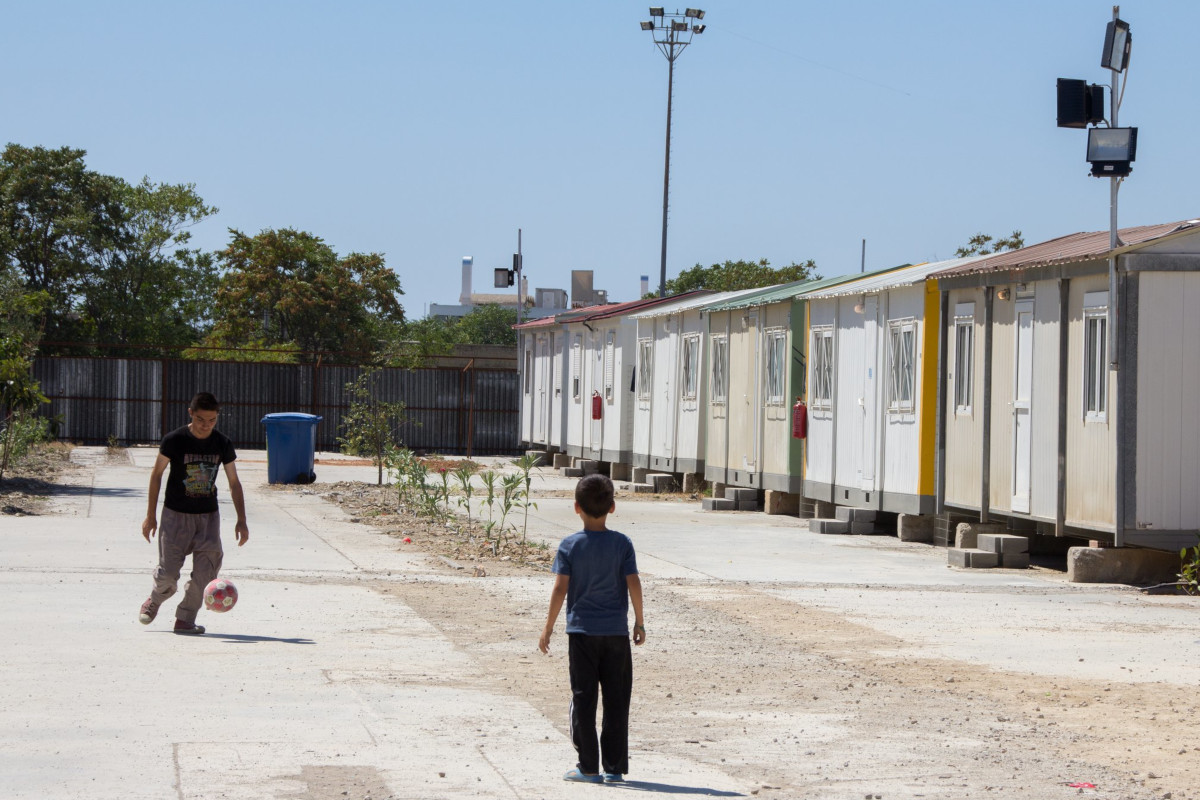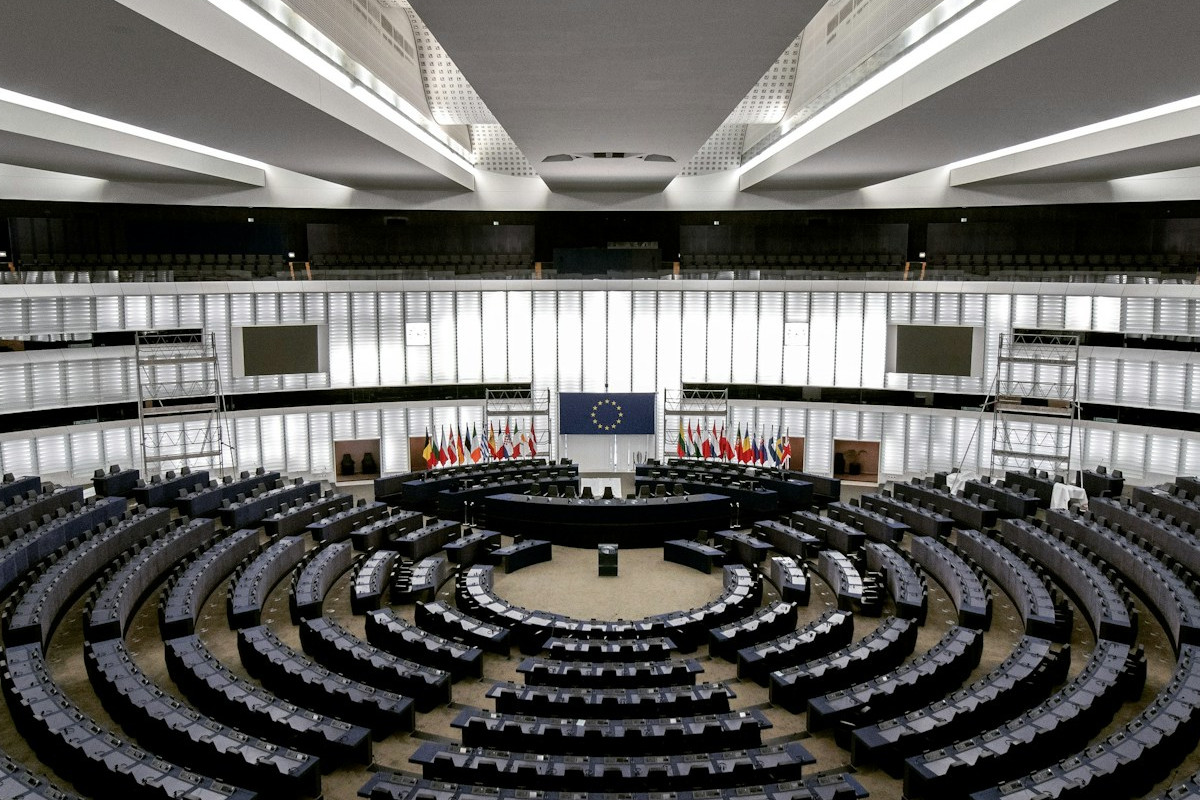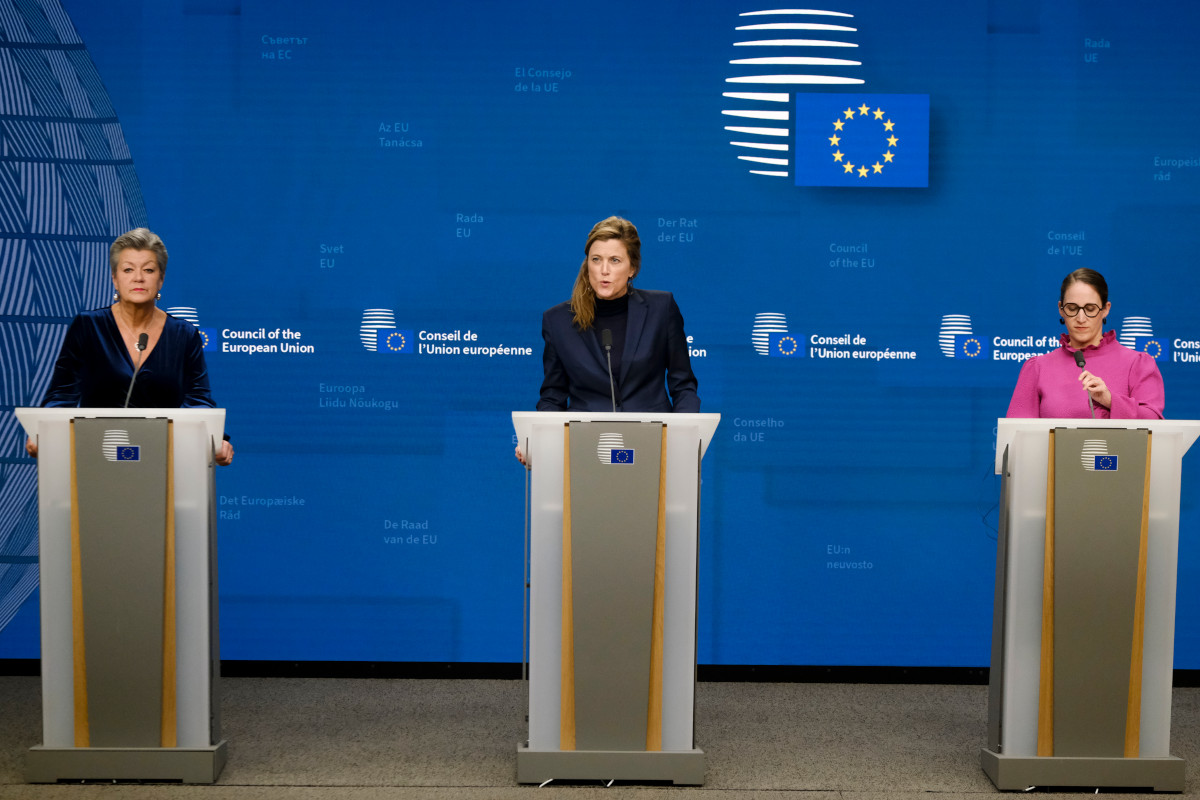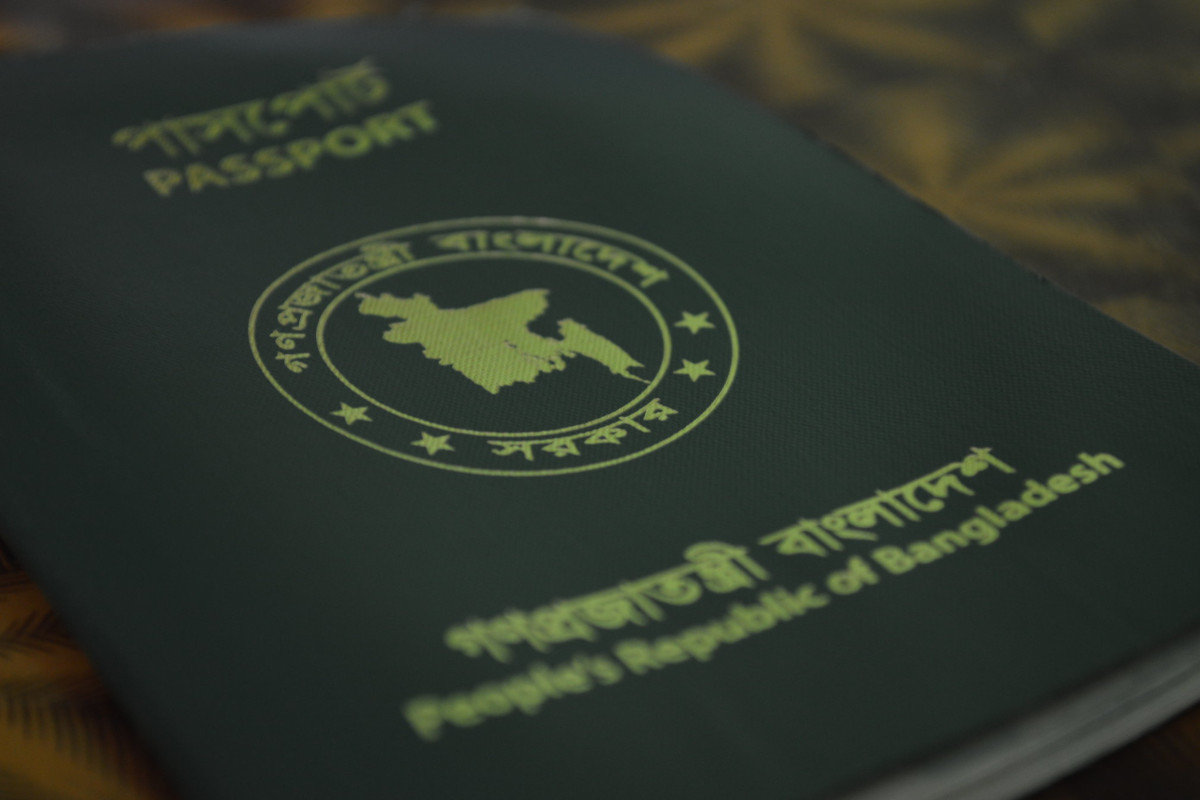Implementing the Pact: obligation for fundamental rights monitoring
Topic
Country/Region
16 July 2024
The recently adopted Screening Regulation under the EU Pact on Migration and Asylum sets out several requirements for the establishment and operation of a mechanism for monitoring the fundamental rights of people subject to “screening” procedures at the external borders. Based on a recent Council document on the implementation of article 10 of the Screening Regulation and EU Fundamental Rights Agency guidance, this article provides an overview of what is required and discusses some potential challenges that may arise.
Support our work: become a Friend of Statewatch from as little as £1/€1 per month.

Image: International Federation of Red Cross and Red Crescent Societies, CC BY-NC-ND 2.0
“Screening” of third-country nationals
The “screening” process applies to non-EU nationals who do not fulfill the requirements for entry to the EU, and who “have crossed the external border in an unauthorised manner, have applied for international protection during border checks, or have been disembarked after a search and rescue operation.” The purpose of the procedure, as set out in the Screening Regulation, is:
“…to strengthen the control of third-country nationals crossing the external borders, to identify all third-country nationals subject to the screening and to check against the relevant databases whether the persons subject to the screening might pose a threat to internal security. The screening shall also entail preliminary health and vulnerability checks to identify persons in need of health care and persons that might pose a threat to public health, and to identify vulnerable persons. Such checks shall facilitate the referral of such persons to the appropriate procedure.”
New rights monitoring obligation
Article 10 of the Screening Regulation establishes the framework for a new, independent monitoring mechanism aimed at ensuring that fundamental rights are upheld during the screening process. This provision sets forth some requirements for the creation, operation, and oversight of this mechanism, and member states have begun discussing those requirements within the Council.
At the epicenter of article 10 is the requirement for member states to establish an independent monitoring mechanism dedicated to overseeing the screening of migrants and asylum seekers. This body must be empowered to ensure that the screening process adheres to both EU and international law, including the Charter of Fundamental Rights of the EU. Specifically, the monitoring mechanism must focus on several critical aspects: ensuring access to asylum procedures, upholding the principle of non-refoulement (which prohibits the return of individuals to countries where they face serious harm), safeguarding the best interests of the child, and overseeing detention conditions.
In practical terms, this mechanism is required to carry out a variety of functions. It must monitor all activities related to the screening process to ensure compliance with fundamental rights. This may involve, amongst other things, performing on-the-spot checks, including random and unannounced inspections of reception and detention facilities. The mechanism is also tasked with investigating allegations of rights violations, initiating inquiries when necessary, and following up on the progress of these investigations to ensure they are addressed effectively and without undue delay. Hence, the aim is twofold: monitor compliance and ensure allegations are dealt with effectively.
Independence and cooperation
The Screening Regulation places a strong emphasis on the independence of this monitoring body. This independence is crucial for the effectiveness of the monitoring body, as it must be able to operate impartially while holding authorities accountable for their actions.
Additionally, article 10 outlines that national ombudspersons, human rights institutions, and other relevant entities, including those established under the Optional Protocol to the UN Convention Against Torture (OPCAT), should participate in or be closely linked with the monitoring mechanism. This collaborative approach aims to bring diverse expertise and perspectives into the monitoring process. The mechanism is also expected to work in close cooperation with international and non-governmental organizations as well as national data protection authorities to ensure comprehensive oversight.
The monitoring body is granted the authority to issue annual recommendations to member states based on its findings. These recommendations are intended to guide improvements in the screening process and enhance the protection of fundamental rights. Furthermore, the Screening Regulation requires that member states provide adequate financial resources to support the monitoring mechanism’s operations, ensuring it has the means to perform its duties effectively.
Fundamental Rights Agency guidance
The EU Fundamental Rights Agency (FRA) plays a supportive role in this framework by developing general guidance for the establishment and functioning of the independent monitoring mechanisms. The FRA is tasked with assisting member states in creating these mechanisms, including developing appropriate methodologies, training programs, and safeguards for independence. The FRA guidance covers nine key aspects (building blocks):
- Independence and operational autonomy;
- Thematic coverage;
- Powers of the monitoring mechanism;
- Facilitating investigations;
- Staffing and expertise;
- Resources and funding;
- Reporting, transparency and accountability;
- Synergies with existing monitoring mechanisms; and
- Cooperation with other authorities and actors.
While the FRA’s guidance may be perceived as going, at times, beyond the minimum regulatory requirements, it provides best practices and comprehensive strategies that member states should follow to ensure that their monitoring mechanisms are both effective and independent.
For example, the FRA guidance considers that to maintain independence, monitoring mechanisms should be free of any institutional affiliation with the responsible authorities, and specifically proposes the prioritization of ombudsperson institutions and national human rights institutions. In addition, the thematic coverage does not only cover screening, but encourages states to extend it to border management and return border procedures. As the Screening Regulation still leaves some space for flexibility that may lead to differing interpretations, it is important to adhere to more specific standards, such as those developed by FRA, that will prevent malfunctions of the new monitoring systems.
When the law meets reality
Finally, the contextual reality will play a role on how the mechanism will operate as there may be some limitations in terms of budget and capabilities. Independent mechanisms will require substantial funding. Given that many member states are struggling with their own budget constraints, there is a risk that these new bodies might suffer from inadequate financial resources, compromising their effectiveness. Moreover, logistical hurdles and difficulties in accessing border areas should be addressed. Increased training for inspectors will be essential. In addition, ensuring transparency and accountability within the monitoring mechanisms is another essential component of their effectiveness.
The political context also needs to be taken into account. It is important to recognise that some states have shown reluctance in fully adhering to international and EU standards for migrants' rights, especially at the borders. For example, Hungary has taken a particularly stringent approach and was recently fined for systematically beaching EU asylum rules. The Italian government has consistently sought new ways to crack down on independent life-saving organisations and to circumvent court rulings against its actions. Additionally, other countries, especially at the external borders, have either been unwilling or unable to enforce their legal obligations, such as the effective respect of the non-refoulement principle, and maintaining humane treatment and dignified reception conditions at their borders.
Last, but not least, the Screening Regulation itself has some diminished safeguards such as lack of access to remedy against the screening (completion) form, or the possibility of keeping asylum seekers in detention or de facto detention due to the “non-entry” fiction, which will be applicable in both screening and border procedures. This means that during the process, individuals will be physically present in the territory of the responsible member state but will be considered as legally not admitted into the territory. In practice, this may be used to justify a differential set of rights compared to those considered to be in the territory.
Genuine protection
For the new monitoring mechanism to lead to genuine protection of migrants’ rights, it is essential that member states not only provide the necessary resources but also ensure the independence and effectiveness of these bodies. Engaging a broad spectrum of relevant actors, including international organizations, civil society, and independent experts is also imperative. However, the success of such mechanisms hinges also on the political will of member states to commit to upholding migrants' and refugees' rights, a commitment that has often been lacking. When the law meets reality, the effectiveness of these mechanisms will be tested. It will require continuous advocacy, raising awareness and litigation to ensure that legal rights translate into actual protection for migrants.
Author: Vasiliki Apatzidou, PhD Researcher, Queen Mary University of London
Our work is only possible with your support.
Become a Friend of Statewatch from as little as £1/€1 per month.
Further reading

The EU Migration Pact: a dangerous regime of migrant surveillance
The #ProtectNotSurveil coalition, of which Statewatch is a member, has issued a statement condemning "the criminalisation and digital surveillance of migrants" that will be ushered in by the new Pact on Migration and Asylum. The laws that are part of the Pact were given final approval by the European Parliament this afternoon. The statement explains how the new legal framework "will enable and in some cases mandate the deployment of harmful surveillance technologies and practices against migrants," whilst laying the foundations for the expanded use of invasive technologies in the future.

Migration Pact "will engender a proliferation of human rights violations" and must be rejected
Ahead of Wednesday's final parliamentary vote on the laws that make up the EU's Pact on Migration and Asylum, 161 organisations - including Statewatch - have called on MEPs to vote against the new measures. The statement says that the new laws will create "a system whereby the right to seek asylum in the EU is severely threatened and will engender a proliferation of human rights violations," and should be rejected.

EU: Council eyes role in “operationalising” the Pact on Migration and Asylum
“The effectiveness of this new legal framework hinges on its successful implementation. This will require the adoption and application of regulatory adjustments at national level, the development or enhancement of equipment and infrastructure, the implementation of new systems, processes and procedures, reinforced coordination at national and EU level, and increased operational support and financial allocation.”
Previous article
Visa sanctions to increase deportations
Next article
Spotted an error? If you've spotted a problem with this page, just click once to let us know.

